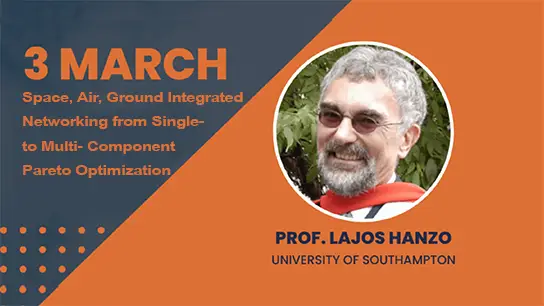-
Members: FreeCIS
IEEE Members: Free
Non-members: FreeLength: 01:29:54
19 Jul 2020
Combinatorial problems refer to those applications where we either look for the existence of a consistent scenario satisfying a set of constraints (decision problem), or for one or more good/best solutions meeting a set of requirements while optimizing some objectives (optimization problem). These latter objectives include user's preferences that reflect desires and choices that need to be satisfied as much as possible. Moreover, constraints and objectives (in the case of an optimization problem) often come with uncertainty due to lack of knowledge, missing information, or variability caused by events, which are under nature's control. Finally, in some applications such as timetabling, urban planning and robot motion planning, these constraints and objectives can be temporal, spatial or both. In this latter case, we are dealing with entities occupying a given position in time and space.
Because of the importance of these problems in so many fields, a wide variety of techniques and programming languages from artificial intelligence, computational logic, operations research and discrete mathematics, are being developed to tackle problems of this kind. While these tools have provided very promising results at both the representation and the reasoning levels, they are still impractical to dealing with many real-world applications, especially given the challenges we listed above.
In this tutorial, we will show how to apply nature-inspired techniques in order to overcome these limitations. This requires dealing with different aspects of uncertainty, change, preferences and spatio-temporal information. The approach that we will adopt is based on the Constraint Satisfaction Problem (CSP) paradigm and its variants.
Because of the importance of these problems in so many fields, a wide variety of techniques and programming languages from artificial intelligence, computational logic, operations research and discrete mathematics, are being developed to tackle problems of this kind. While these tools have provided very promising results at both the representation and the reasoning levels, they are still impractical to dealing with many real-world applications, especially given the challenges we listed above.
In this tutorial, we will show how to apply nature-inspired techniques in order to overcome these limitations. This requires dealing with different aspects of uncertainty, change, preferences and spatio-temporal information. The approach that we will adopt is based on the Constraint Satisfaction Problem (CSP) paradigm and its variants.


